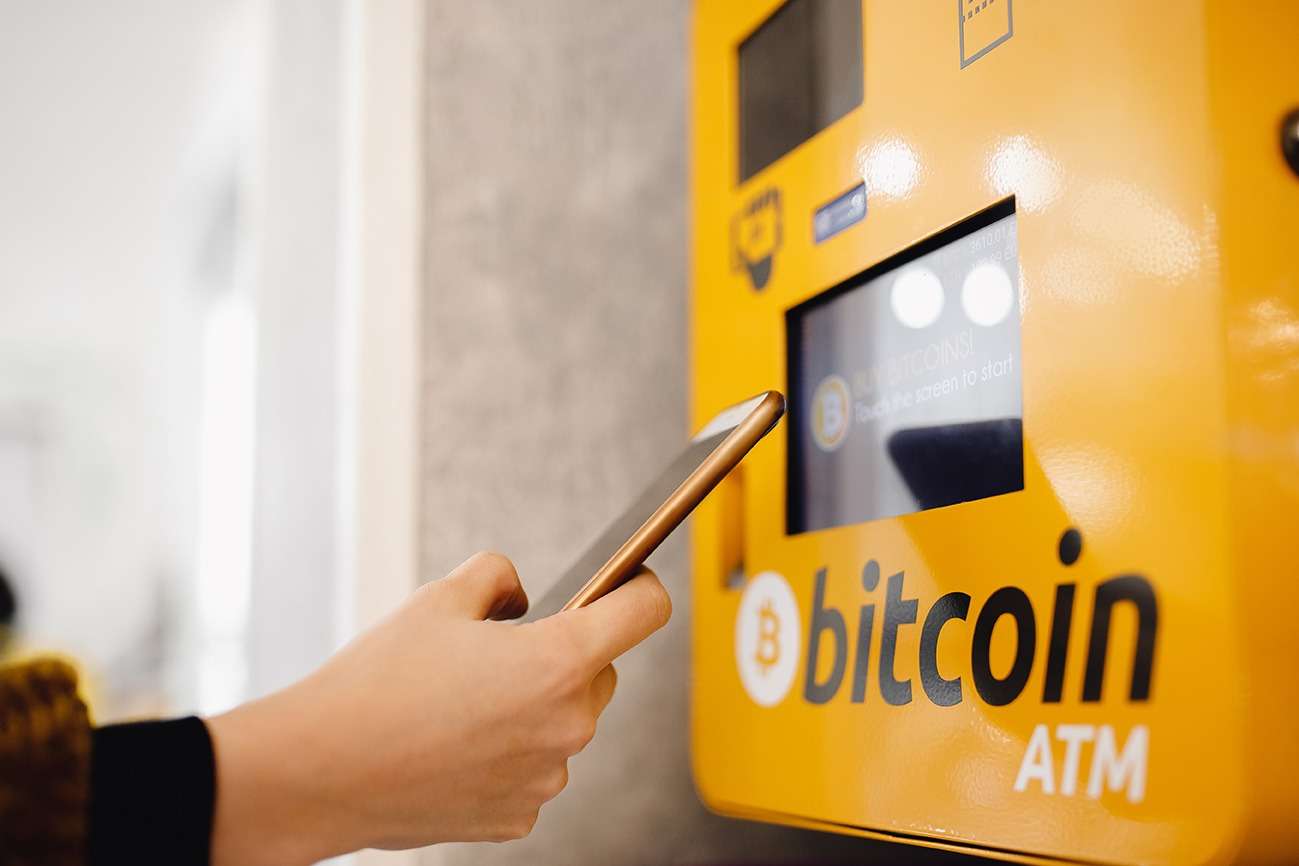Indeed, there is a myriad of opportunities in crypto trading. Talk of large risks, mostly during leverage. It is safe to say that crypto liquidation is one of the most unanticipated risks affecting traders.
What is Liquidation in Crypto Trading?
Crypto liquidation is the closing of trading positions. This happens when the value of the assets is dwindling due to unfavourable market movements.
Liquidation, however, is far from unique to the world of crypto. It is a by-product of 24-hour, 7-day-a-week activities of financial markets. Nevertheless, the crypto market is as volatile as it is, while margins, futures, and other derivatives are common in space. It is no surprise that liquidations have become more common and louder in the crypto world.
Types of Crypto Liquidations
There are various types of liquidation in crypto trading, whether voluntary or by force. Now, each type impacts traders differently based on their risk exposure and market conditions:
- Partial Liquidation: It occurs when a portion of a trading position closes before the initial margin, offering a chance to offset losses.
- Total Liquidation: This happens when the entire initial margin depreciates, hence the closure of the whole position.
- Forced Liquidation: This can be either partial or total liquidation initiated by the exchange or lending platform if a trader fails to meet margin requirements.
Margin and Leverage in Crypto Trading
Margin trading in crypto involves borrowing funds to increase the size of a trading position. Essentially, traders borrow capital to amplify their exposure to crypto assets without the need for a total value of the position upfront.
During margin trading, traders must deposit an initial margin, which acts as a safe net for an initial margin for security. This collateral then shields the exchange in the event the trade goes against the borrower.
Get this: the trader may face instant liquidation if the market goes against them and their margin insufficiently covers the losses.
When Does Liquidation in Crypto Trading Occur?
Liquidation in Cryptocurrency trading happens when your ability to maintain a leveraged position drastically falls, i.e., when you lack enough funds to cover your position. When this occurs, the exchange/lending platform will close its position to stop further losses. In essence, crypto liquidations are a risk management tool for both exchanges and lenders.
What is the Liquidation Price?
This is the set price at which the exchange will automatically close a trader’s leveraged position to reduce losses. It is when trader’s losses would equal the initial margin deposited minus any fees. Basically, knowing your liquidation price is key to correctly managing risk in crypto trading.
How to Avoid Liquidation in Crypto Trading
Preserving your initial capital means avoiding liquidation. This is key to achieving long-term success in crypto trading. Let us find out how:
1. Implement Stop Losses Effectively
A core strategy in crypto trading is using stop loss (SL) orders to avoid liquidation. To keep the losses within bounds, you can specify stop losses referencing your liquidation prices so that your assets will be automatically sold when crossed, and losses will always be in check.
However, you should find your balance: a stop loss set too close to the entry point might sell too soon, while one too far away won’t protect you effectively. As a result, the risk-to-reward (RR) ratio is paramount.
2. Manage Leverage and Position Sizing
Excessive leverage is one of the main factors leading to total liquidation risk. Given a tolerable risk, traders should monitor their leverage ratio and position sizes. The likelihood of liquidation can be harmonized by understanding how crypto liquidation works and then using a favourable position size to leverage accordingly.
3. Monitor Market Conditions
Stay vigilant and monitor markets, particularly when it’s more uncertain. Be mindful of open interest, support, resistance levels and sentiment on the overall market. Be up to date on potential market movements so you can stay one step ahead and make decisions proactively rather than reactively, which helps limit your risks from being liquidated.
With that said, you already know exactly what liquidation in crypto is, how it happens and most importantly, how to avoid liquidation. The pain of losing money is unmatched, regardless of how much you have to spare. The most recent casualties are the crypto bears, who have seen circa a billion in liquidations due to the soaring prices of BTC. A combination of knowledge, careful planning and discipline in execution is the key to avoiding liquidation. Remember to keep your capital safe and sound even if you’re an old hat or a newbie — this is crucial for long-term success in the fickle crypto trading world.
Image Source: Adobe Stock
Disclaimer: This article is for informational purposes only. It is not offered or intended to be used for legal, tax, investment or financial advice.












